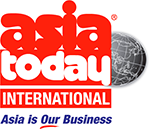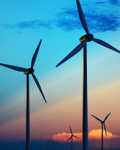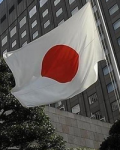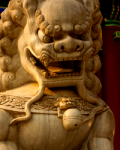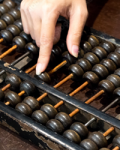-
Pitching the right note for buyers, sellers
HE WOULD be the last person to suggest it, but Benjamin Chau probably knows more than most about the intricacies of nurturing business-to-
business and business-to-consumer relationships in Asia. For 20 years he has headed the team now crafting 35 trade fairs, including 11 of Asia’s largest, five of which are the world’s largest, for the Hong Kong Trade
Development Council.
Here, Chau explains how he entices buyers and sellers to ‘dance’
together, and how he creates new concepts to increase visitor numbers. Last year he hosted 37,000 exhibitors and 760,000 buyers from 86
countries and regions, while driving 24 million inquiries through the
HKTDC’s dedicated website . . .
